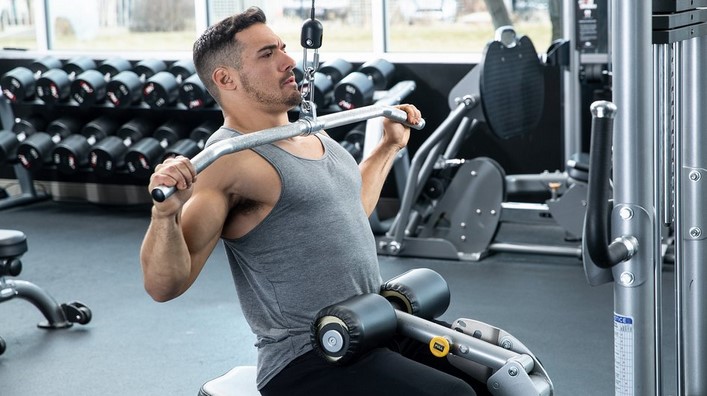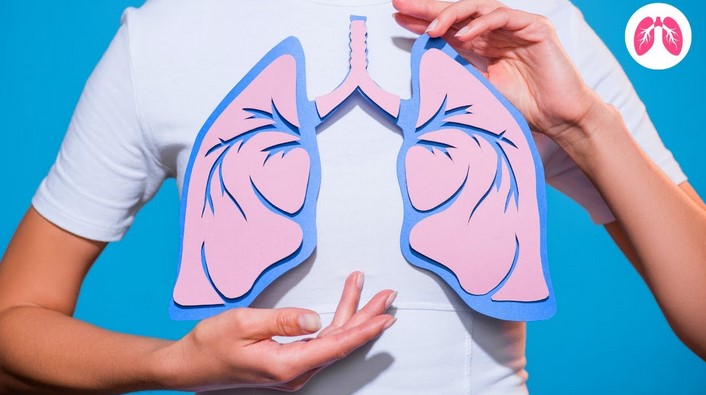
Managing diabetes requires more than just monitoring blood sugar levels; a crucial part of controlling the condition lies in maintaining a healthy, balanced diet. Healthy recipes for diabetes play a key role in ensuring stable blood sugar levels while also providing essential nutrients. When living with diabetes, the right combination of foods can make a big difference in how you feel and how well you manage the condition. The goal is to incorporate low-glycemic, high-fiber, and nutrient-rich foods into your meals to help regulate blood sugar, maintain energy, and promote overall well-being. This article will explore some delicious, easy-to-make recipes that are ideal for diabetes management and will help you make healthier choices without compromising on taste.
Eating well with diabetes can be enjoyable and satisfying. By focusing on wholesome, nutrient-dense ingredients and avoiding foods that cause blood sugar spikes, individuals with diabetes can better control their condition while still enjoying flavorful meals. The following recipes are designed to help you maintain a balanced blood sugar level, and they can easily be incorporated into your weekly meal planning.
1. The Importance of Choosing the Right Ingredients for Diabetes
When planning meals for diabetes, it’s essential to select ingredients that support stable blood sugar levels. Some foods have a higher glycemic index (GI), which means they can cause rapid spikes in blood sugar, while others have a low GI, promoting gradual increases and steady energy. Here are some ingredients to include and avoid:
1.1 Include Whole Grains and Fiber-Rich Foods
Whole grains like quinoa, brown rice, barley, and oats are excellent choices for diabetics. They are rich in fiber, which helps regulate blood sugar and improve insulin sensitivity. Fiber also aids in digestion and promotes fullness, making it easier to control portion sizes and prevent overeating. Include plenty of non-starchy vegetables like spinach, kale, broccoli, and bell peppers in your meals. These vegetables are low in carbohydrates, high in fiber, and full of vitamins and minerals, providing essential nutrients without spiking blood sugar.
1.2 Limit Processed Foods and Refined Carbs
Processed foods and refined carbohydrates, such as white bread, sugary snacks, and soft drinks, can cause significant blood sugar spikes. These foods are low in nutritional value and often high in unhealthy fats and sugars. Instead of these items, aim to consume complex carbohydrates and lean proteins, such as grilled chicken, turkey, tofu, and beans, which help to maintain stable blood sugar levels and support muscle health.
2. Healthy Recipes for Diabetes
Now that we know what types of foods are best for managing diabetes, let’s look at some specific recipes that offer great nutritional value without compromising on flavor. These healthy recipes for diabetes are easy to prepare and can help you stay on track with your blood sugar control.
2.1 Quinoa Salad with Grilled Chicken and Vegetables
Ingredients:
- 1 cup quinoa, rinsed
- 2 chicken breasts, grilled and sliced
- 1 cup cherry tomatoes, halved
- 1 cucumber, diced
- 1 bell pepper, chopped
- 2 tablespoons olive oil
- 1 tablespoon balsamic vinegar
- Salt and pepper to taste
- Fresh parsley, chopped (for garnish)
Instructions:
- Cook the quinoa according to package instructions, then let it cool slightly.
- Grill the chicken breasts until fully cooked, then slice them into thin strips.
- In a large bowl, combine the cooked quinoa, grilled chicken, tomatoes, cucumber, and bell pepper.
- Drizzle olive oil and balsamic vinegar over the salad and toss gently.
- Season with salt and pepper to taste, and garnish with fresh parsley before serving.
This salad is a powerhouse of protein and fiber, with quinoa providing a complex carbohydrate that helps maintain steady blood sugar levels. The fresh vegetables add essential vitamins and antioxidants, while the lean grilled chicken offers a healthy source of protein.
2.2 Cauliflower Rice Stir-Fry with Tofu
Ingredients:
- 1 head of cauliflower, grated into rice-sized pieces (or pre-packaged cauliflower rice)
- 1 block firm tofu, cubed
- 1 tablespoon sesame oil
- 1 carrot, julienned
- 1 bell pepper, sliced
- 1/4 cup low-sodium soy sauce
- 2 cloves garlic, minced
- 1 tablespoon fresh ginger, grated
- 1 green onion, chopped (for garnish)
Instructions:
- Heat sesame oil in a large skillet or wok over medium heat.
- Add the cubed tofu and cook until golden brown on all sides, about 5-7 minutes. Remove and set aside.
- In the same skillet, add the garlic and ginger, then sauté for 1-2 minutes until fragrant.
- Add the grated cauliflower, carrot, and bell pepper to the pan. Stir-fry for 5-7 minutes, until the vegetables are tender but still crisp.
- Stir in the soy sauce and return the tofu to the skillet. Toss to combine and heat through.
- Garnish with chopped green onions before serving.
This cauliflower rice stir-fry is a low-carb alternative to traditional rice, making it an excellent choice for people with diabetes. The tofu provides plant-based protein, while the vegetables contribute fiber and essential nutrients.
2.3 Baked Salmon with Roasted Vegetables
Ingredients:
- 2 salmon fillets
- 1 tablespoon olive oil
- 1 lemon, sliced
- 1 teaspoon dried thyme
- 1 teaspoon garlic powder
- 1 cup broccoli florets
- 1 cup carrots, sliced
- 1 tablespoon olive oil (for vegetables)
- Salt and pepper to taste
Instructions:
- Preheat the oven to 375°F (190°C).
- Place the salmon fillets on a baking sheet and drizzle with olive oil. Top with lemon slices, thyme, garlic powder, salt, and pepper.
- In a separate bowl, toss the broccoli and carrots with olive oil, salt, and pepper. Spread the vegetables on the baking sheet around the salmon.
- Bake for 15-20 minutes, until the salmon is cooked through and the vegetables are tender.
- Serve immediately, with additional lemon slices if desired.
Salmon is an excellent source of omega-3 fatty acids, which are beneficial for heart health. Pairing it with fiber-rich, non-starchy vegetables creates a satisfying and diabetes-friendly meal.
3. Tips for Meal Planning with Diabetes
Incorporating healthy recipes for diabetes into your daily meals can be simple and enjoyable with some thoughtful planning. Here are some tips to help you meal prep and stay on track:
3.1 Plan Ahead
Planning your meals for the week is a great way to avoid last-minute unhealthy choices. Set aside time each week to prepare your meals or ingredients in advance. This can help ensure you have healthy options available when hunger strikes.
3.2 Watch Portion Sizes
Even healthy foods can cause blood sugar spikes if consumed in large quantities. Pay attention to portion sizes, especially when it comes to carbohydrates like grains, legumes, and starchy vegetables. Using smaller plates or measuring your portions can help keep your intake in check.
3.3 Include a Variety of Foods
A healthy diet for diabetes should include a variety of whole foods to ensure you get a broad range of nutrients. Make sure to incorporate plenty of lean proteins, whole grains, vegetables, and healthy fats into your meals.
Conclusion
In conclusion, healthy recipes for diabetes are not only delicious but also essential for managing blood sugar levels and maintaining overall health. By focusing on whole, nutrient-rich foods and making mindful choices about portion sizes, you can create meals that promote better blood sugar control without sacrificing taste. The recipes provided in this article are easy to prepare, flavorful, and perfect for anyone looking to take control of their diabetes while enjoying a variety of wholesome meals. As part of a balanced lifestyle, these recipes can help you live well with diabetes, while supporting long-term health and wellness.




